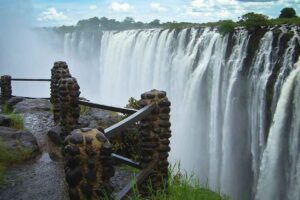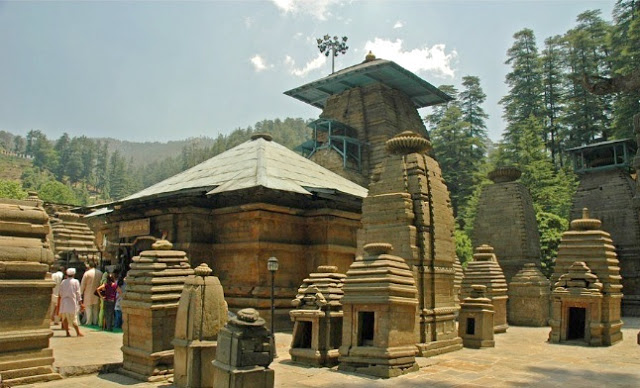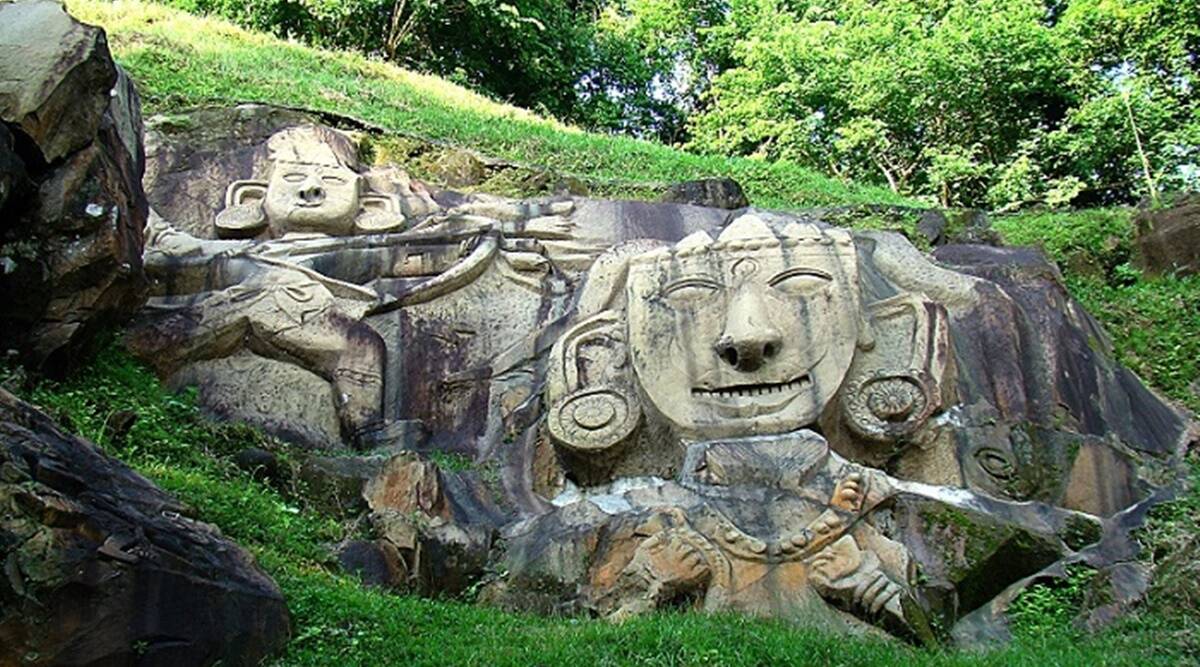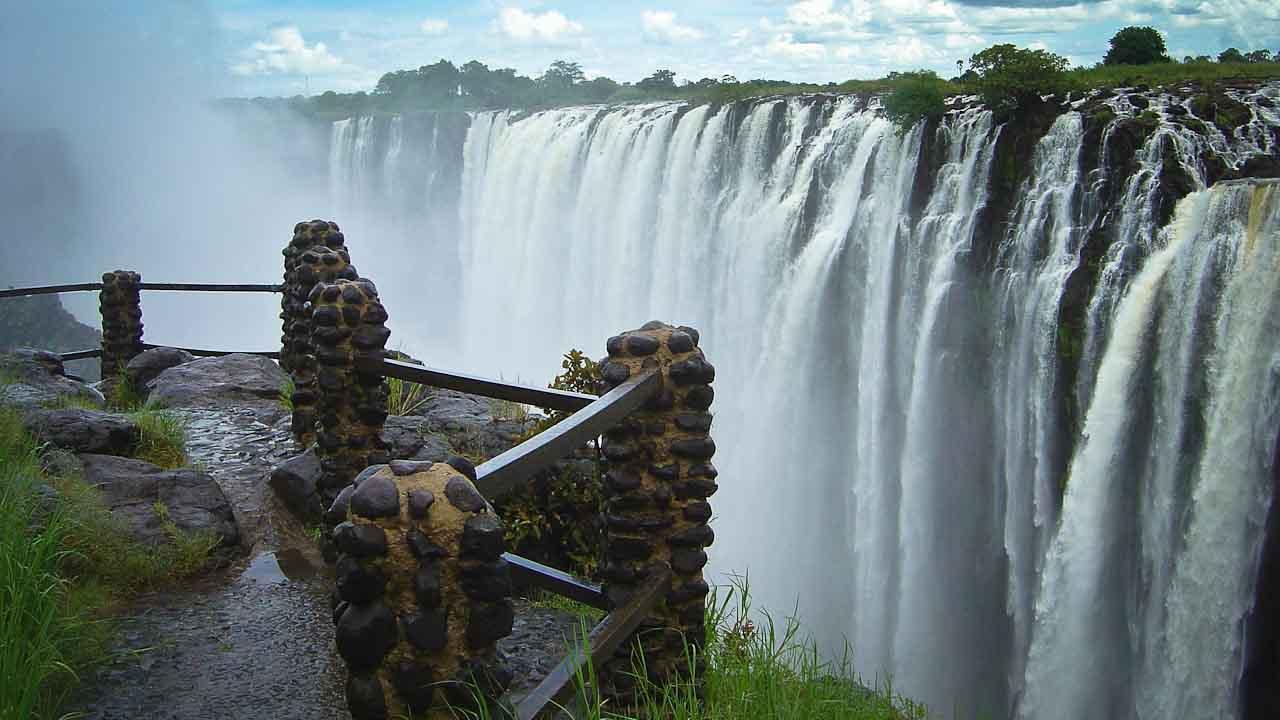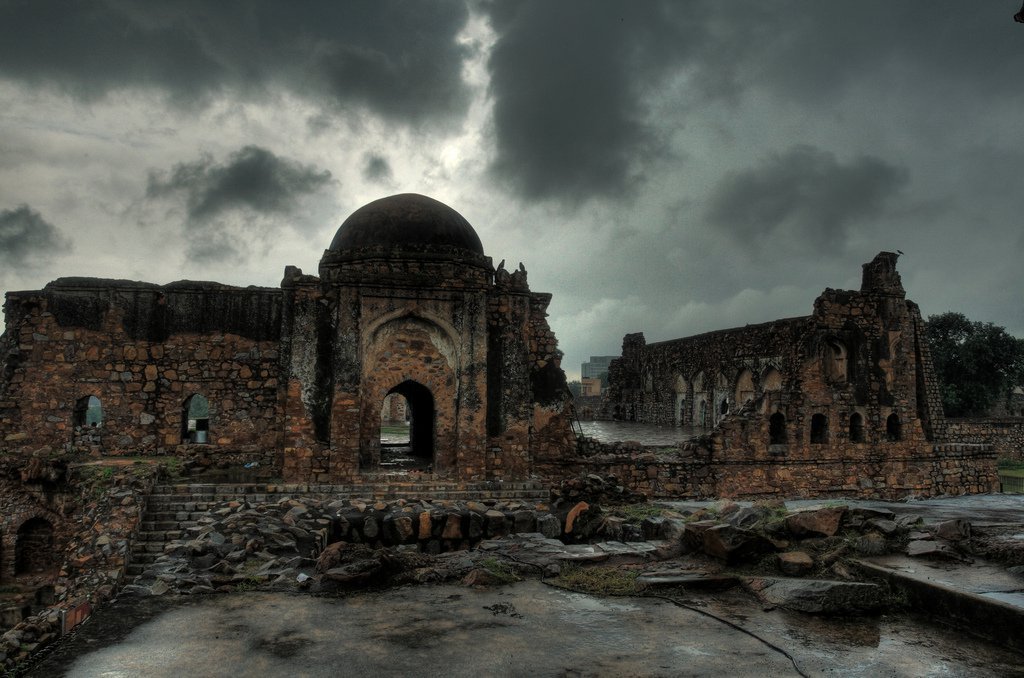Jageshwar Shiv temple is one of the oldest shiva temple in India. Jageshwar temple is situated at a height of 1870 meters. Jageshwar is the eighth Jyotirling among the Twelve and has incredible religious value. Jageshwar Dham is a Hindu pilgrimage town in Almora District, devoted to Lord Shiva, located 36 km northeast of Almora and around 101Kms far from Nainital in Kumaon Region of Uttarakhand. The temple city of Jageshwar contains a bunch of 124 large and small stone temples, dating 9th 13th century AD, with numerous protected by the Archeological Survey of India (ASI), which includes Dandeshwar Temple, Chandi-ka-Temple, Jageshwar Temple, Kuber Temple, Mritunjaya Temple, Nanda Devi or Nau Durga, Nava-grah Temple, a Pyramidal shrine, and Surya Temple amongst which the oldest place is the ‘Mrityunjaya Temple’ and the greatest holy place is the ‘Dandeshwar Temple’. Once the focal point of Lakulish Shaivism, in the Jataganga rever valley close to a Deodar forest (Cedrus deodara) beginning from Artola town on Almora–Pithoragarh heighway, where two streams Nandini and Surabhi flow down the hills in the narrow valley and meet near the scared spot.
Most of the Hindus believe that the Jageshwar is the place of Nagesh, eighth among the Dwadasa Jyotirlingas ( The twelve resplendent lingas of Lord Shiva established by Lord Vishnu), which is stated to exist in deodar forest.
The ancient treatises Prasadmandanam describe Jageshwar as an Abode of Lord Shiva. There is no definite dating of the establishment of the Jageshwar group of temples however as per the ASI, they are estimated to be around 2500 years old and belongs to the post-Gupta and pre-medieval periods and one of the oldest temple in India. These temples range in the period from the eighth century (early Katyuri Dynasty to the eighteenth century (Chand Dynasty). The temples were renovated during the rule of Katyuri King Shalivahandev. There is a lettering of Malla Kings on the premises of the main temple showing their devotion to Jageshwar. The Katyuri Kings also donated villages to the priests for the maintenance of the temple. The Chand Kings of Kumaon were also protector of the Jageshwar temple.
It is believed that Adi Shankaracharya visited Jageshwar and renovated and re-built various temples before leaving for Kedarnath. The Samsan ghat of Jageshwar is also the cremation ground of the past Chand Kings. It is conceivable that sati, the act of self-immolation, may have been performed here. The architecture of the temple belongs to the Nagara style, having a tall curved tower surmounted by an amalaka (capstone) and a kalasha crown. The most of the temples enshrine a stone lingam, surrounded by stone sculptures of different gods. The pilgramed to Jageshwar is considered as scared as the famous chardham yatra.
Prior to the development of roads, pilgrims went through Jageshwar en route to Kailash and Mansarovar. Because of the restriction on pilgramge to Kailash Mansarovar in the past, pilgrims were diverted towards Kedarnath; however, this centre has regained its past glory.
The main temple of the Jageshwar Mahadev is dedicated to the Bal Jageshwar or the Child Shiva. There is also a temple dedicated to Vridh Jageshwar, or Old Shiva, situated on the high hills. As per convention, Lord Shiva came to meditate, and when the ladies of the town came to know of this, they left their household to have his darshan. when the men of the village knew about this, they were angry and came to see who is this sadhu who has captured their ladies. Seeing all this, Shiva transformed him as a child, that’s why the he is still worshiped in his child form here.
1. Jageshwar Mahadev
Tarun Jageshwar is the main temple among all the temples situated in the premises. The temple has two dwarapalas (gatekeepers) as the armed Nandi and Skandi. This is a west-facing temple of Shiva. Shiva is worshiped here as Nagesh or Jageshwar. In the basement of the temple, the Shivlinga is divided into two parts. The bigger one denotes Shiva and smaller one denotes his wife Parvati. An Akhand Jyoti, (an immortal flame) blazes in the temple. Behind the Shivlinga there are two Asthadhatu statues of Chand Kings Deepchand and Tripalchand in the standing posture.
2. Sri Mahamritunjaya Mahadev
The Mahamrityunjay temple is the largestt and oldest temple in the Jageshwar temple complex. This is an eastern facing temple and the Linga is worshipped as the rescuer from death. The unique linga has an eye shaped opening. Pilgrims believes that the Mahamritunjaya Mantra is a productive, promising and powerful method of self- realisation, removal of evil effects, and freedom from a all kinds of fears, sickness and negativity.
This temple is situated in the south of Jageshwar. During the Tapasya by Shiva, Demons obstruct His meditation. At that point God Jhanker “Sam” appear as Trinetra and send His Ganas kill the evil spirits. It is beleived that Sam will come to Kot Linga temple premises to save the humanity and Jageshwar in Kalyuga.
4. Kot Linga Mahadev
Kot Linga is Situated at the “Sangam” of Jata Ganga and Sam Ganga Rivers. As per the local folk lore, Kot Linga was originally the place chosen by Shiva for meditation. This place is around 2 km walking distance from the main temple premises of Jageshwar. A small hilly trek leads to this place. Presently this place has ruins of an Old Shiva Temple
5. Dandeshwar Shiv Temple
Dandeshwar Shiv Temple complex is situated slightly upstream from the Jageshwar temple complex and is not in a good condition. The stone lingam is a natural rock and is not carved like the lingams of the Jageshwar complex.
6. Vinayak Kshetra
Thisplace is 200 mts from Artola village from where temples of Jageshwar begin. This place lies between Jhanker Saim temple,Vrudhh jageshwar and Koteshwar temples.
This temple is situated 3km north to Jageshwar. This temple is situated at the top of the hill and can be reached after a tough trek. It is contemporary to Jageshwar group of temples. It is also known as Bud Jageshwar.
8. Pushti Devi
This temple is situated in the main premises of Jageshwar Temple. The temple enshrines the full statue of Goddesses Pushti Devi or Pushti Bhagwati Maa.
Kindly Subscribe, Like, Share and Comment.





